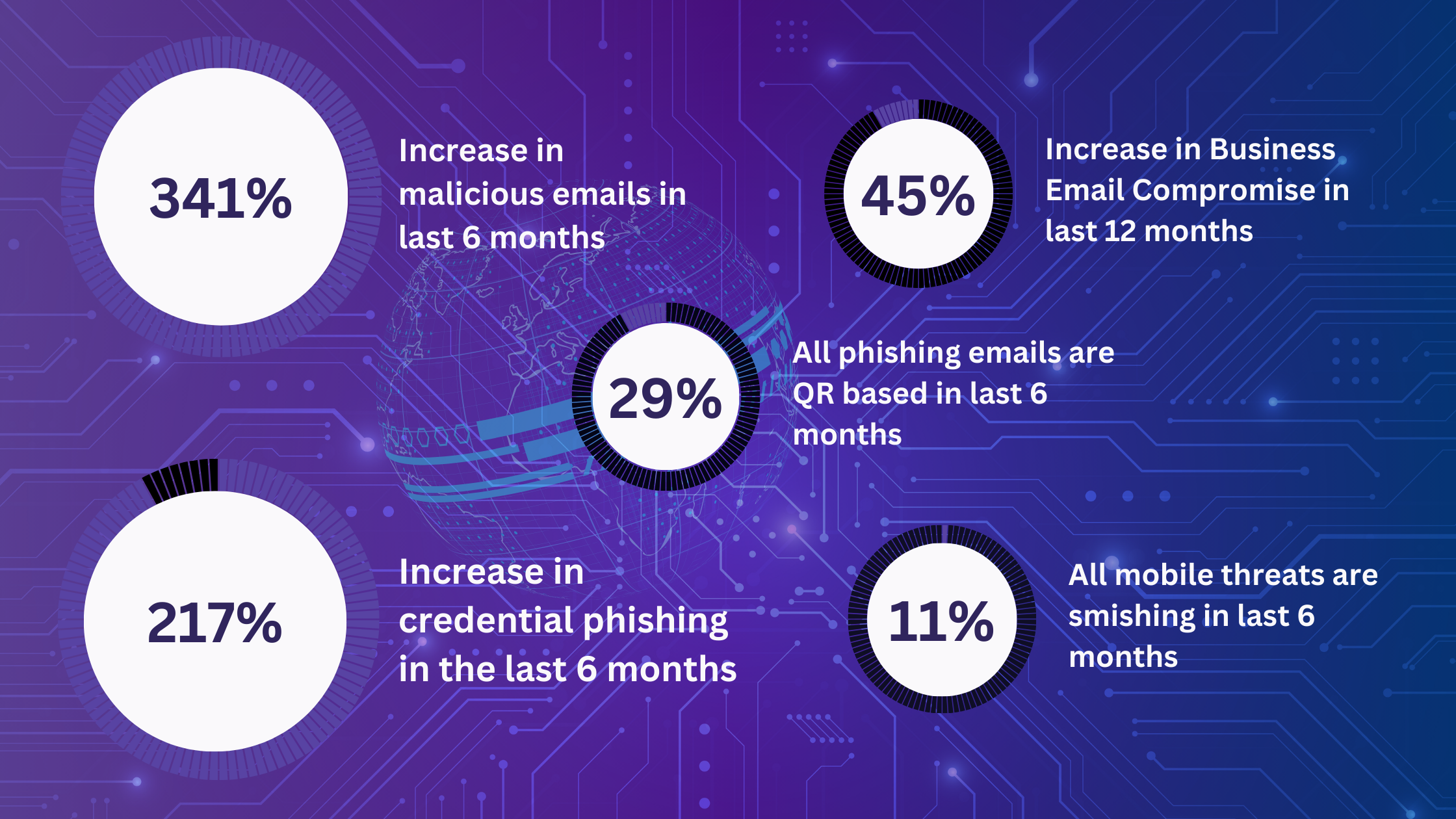
The healthcare sector, with its troves of sensitive patient data and critical systems, has become a prime target for cybercriminals. Protecting patient data and ensuring the integrity of healthcare services are paramount, yet numerous cybersecurity challenges persist. Healthcare systems are increasingly digitized, making cybersecurity a critical concern. The integration of electronic health records (EHRs), telemedicine, and the Internet of Medical Things (IoMT) has revolutionized patient care but also introduced new vulnerabilities. Cyber threats in healthcare range from ransomware attacks to data breaches, phishing scams, and insider threats, each posing significant risks to patient safety and organizational integrity.

Protecting patient data is not just a regulatory requirement; it is a fundamental aspect of maintaining patient trust and ensuring the safe and effective delivery of healthcare services. Breaches can lead to identity theft, financial loss, and damage to a healthcare provider's reputation, underscoring the need for robust cybersecurity measures.
Ransomware attacks involve malware that encrypts a victim's data, rendering it inaccessible until a ransom is paid. In recent years, the healthcare sector has seen a surge in such attacks. For instance, in 2020, the University of Vermont Health Network was hit by a ransomware attack that disrupted its operations for weeks, delaying patient care and costing millions in recovery efforts.
Impact on Healthcare Services
Ransomware attacks can cripple healthcare services by blocking access to critical systems and patient records. This disruption can delay diagnoses, postpone treatments, and in extreme cases, jeopardize patient lives. The financial burden of these attacks, including ransom payments and recovery costs, further strains healthcare resources.
Causes of Breaches
Data breaches in healthcare are often caused by weak security practices, such as inadequate encryption, poor access controls, and vulnerabilities in legacy systems. Human error, such as misconfigured databases or lost devices, also contributes significantly to breaches.
Consequences for Patients and Providers
The consequences of data breaches are severe. Patients face risks of identity theft and financial fraud, while healthcare providers suffer reputational damage, regulatory fines, and the cost of breach remediation. The Anthem breach of 2015, which exposed the data of nearly 79 million individuals, is a stark example of the far-reaching impact of healthcare data breaches.
Tactics Used by Scammers
Phishing scams deceive individuals into divulging sensitive information by masquerading as trustworthy entities. These attacks often use urgent messages to compel recipients to click malicious links or download harmful attachments. Spear phishing, targeting specific individuals with personalized messages, is particularly effective in healthcare settings.
Prevention Strategies
Preventing phishing scams involves a combination of technical measures and user education. Implementing advanced email filtering, enabling multi-factor authentication (MFA), and conducting regular security awareness training are crucial steps. Simulated phishing exercises can help staff recognize and respond to phishing attempts effectively.
Risks Posed by Employees
Insider threats stem from employees who, intentionally or unintentionally, compromise security. This can include stealing data, misusing access privileges, or inadvertently exposing systems to malware. Insiders often have legitimate access to sensitive information, making their actions particularly damaging.
Measures to Mitigate Insider Threats
Mitigating insider threats requires comprehensive strategies, including strict access controls, regular audits, and continuous monitoring of user activity. Encouraging a culture of security awareness and implementing whistleblower policies can also help identify and address insider threats early.
Challenges with Legacy Systems
Legacy systems, common in many healthcare organizations, pose significant security risks due to outdated software and unsupported hardware. These systems often lack modern security features and are more susceptible to vulnerabilities that cybercriminals can exploit.
Benefits of Updating IT Infrastructure
Updating IT infrastructure enhances security, improves efficiency, and supports compliance with modern regulations. Upgrading to newer systems with advanced encryption, regular patching, and robust access controls can significantly reduce the risk of cyberattacks.
Importance of Cybersecurity Education
Cybersecurity education is essential for all healthcare staff, from IT professionals to front-line medical workers. Understanding the basics of cybersecurity, recognizing phishing attempts, and following best practices for data protection can greatly enhance an organization’s security posture.
Effective Training Approaches
Effective training approaches include regular, mandatory training sessions, interactive workshops, and ongoing awareness campaigns. Simulations and real-world scenarios can help staff better understand and respond to cybersecurity threats.
HIPAA and Other Regulations
HIPAA and other regulations enforce rigorous standards for the protection of patient data, necessitating the implementation of administrative, physical, and technical safeguards to guarantee the confidentiality, integrity, and availability of health information.
Compliance Challenges
Challenges in compliance include keeping up with evolving regulations, ensuring all staff are adequately trained, and maintaining thorough documentation. Regular audits and risk assessments are necessary to identify and address compliance gaps.
Security Risks Associated with Connected Devices
The IoMT includes devices such as smart infusion pumps, wearable health monitors, and connected imaging systems. While these devices improve patient care, they also introduce new security risks, including vulnerabilities that can be exploited to gain network access or tamper with device functionality.
Best Practices for IoMT Security
Best practices for securing IoMT devices include ensuring regular software updates, using strong authentication methods, and isolating medical devices from other network segments. Implementing device monitoring and incident response plans can help detect and address security issues promptly.
DDoS attacks, or Distributed Denial of Service attacks, overwhelm healthcare networks with traffic, disrupting access to critical systems and patient care services. This can delay treatments and compromise patient safety.
The healthcare sector faces numerous cybersecurity challenges, from ransomware attacks and data breaches to phishing scams, insider threats, outdated technology, lack of training, regulatory compliance issues, and IoMT security risks. Each of these challenges poses significant threats to patient data security and healthcare operations. To safeguard patient data and ensure the integrity of healthcare services, it is imperative for healthcare organizations to adopt comprehensive cybersecurity measures. This includes investing in modern technology, conducting regular training, and fostering a culture of security awareness. By proactively addressing these challenges, healthcare providers can protect their systems and patients from the ever-evolving landscape of cyber threats.




